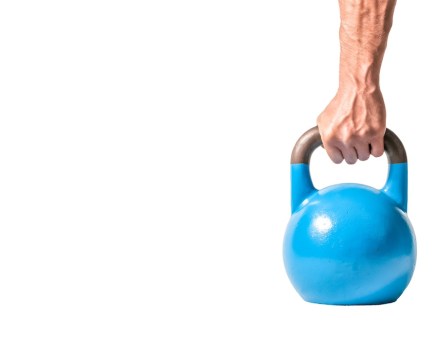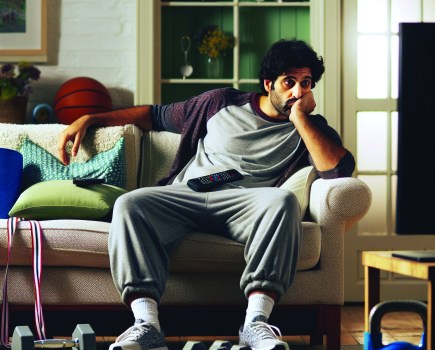Common running advice is that you should ditch your trusty best running shoes after 300-500 miles of wear. For those clocking in 20 miles a week, that means saying goodbye to two to four pairs a year – even more for high-mileage runners.
As an ultrarunner I feel that advice is outdated. I’ve never seen evidence that running in shoes that have passed the manufacturers ‘use by’ date can cause injury.
Why you can trust Men’s Fitness
At Men’s Fitness we pride ourselves on delivering information that serves a singular purpose: to improve some aspect of your health, fitness or wellbeing. For almost 20 years, we’ve been publishing authoritative health and fitness content – written by our expert editors and contributors – in the form of the monthly Men’s Fitness magazine. Ultrarunner and author of We Can’t Run Away From This, Damian Hall, has some useful tips on recycling your old running shoes.
Take, for example, a semi-serious runners who runs five to eight times a week. If he wore the same shoe on every run, 310 miles would be just six to eight weeks. Strava even auto-notifies you after 250 miles in a shoe (though you can tweak the setting up to 800 miles), and repeats the scaremongering: ‘replace shoes between 300 and 500 miles to prevent injury’.
I am a co-founder of The Green Runners – helping runners reduce their impact on the planet – but I have to concede that trainers do wear down over time. Obviously the soles will wear and the mid cushion will compact – though there’s a separate argument about how much cushioning we actually need.
But what can we do with those shoes once we feel it’s time to replace them? Overconsumption, coupled with the complexity of running shoe construction, make them difficult to recycle.
The foamy midsole (the cushiony bit) is usually made from EVA, a petroleum-based product that is thought to hang around for at least 1,000 years.
Sustainable solutions for old running shoes
One person aiming to address this issue is Tony Piedade. Piedade founded JogOn to collect unwanted running shoes for redistribution.
“We collect unwanted running shoes from individuals, running groups, gyms, and sports clubs,” he explains. And although the shoes may have lost their peak shock-absorption qualities, Piedade insists there’s plenty of life left in your old kicks. “Around 87% of discarded shoes are still suitable for reuse,” he says.
“We take all running shoes, sort them, ensure they are properly paired up and tied together at the laces, and prepare them for distribution. There’s a genuine need for trainers at schools in the UK and many places overseas. Most of them are perfectly useable for walking, even if they’re not as good for running as they were before.”
At the 2023 National Running Show in Birmingham, Piedade collected 1,200 pairs in one weekend, and he’s hoping some of the major gym chains will come on board as collection points in the future.
JogOn have now partnered with delivery group EVRI so that those of us looking to offload old shoes can do so for a postage fee of just £2.
“With a max weight of 15kg,” Piedade explains, “you could send us 40 pairs of running shoes in a box for the cost of £2.”
For any shoes deemed unsuitable for reuse, JogOn collaborates with an energy-generating facility, ensuring responsible disposal. Other organisations that will take your old sports shoes include:
Planet-friendly purchases
The environmental impact of running shoes was recently highlighted by adidas’ launch of the Adizero Adios Pro Evo 1 – a shoe designed to last for just one marathon.
“Making the average running shoes creates around 14kg of carbon emissions,” explains Damian Hall. “Globally the training shoe industry has the same emissions as the whole of the UK.”
While some brands offer to recycle their old shoes, Hall points out that this is more a case of ‘downcycling’ – using some components to help create things like rubber tennis courts. But the rest goes to the dump.
However, Swiss brand On have now developed a shoe that’s made from 100% recyclable material. The On Cloudneo is purchased on a monthly subscription. Once they’re worn out, you can replace them with a fresh pair.
Breaking free from the myth of mandatory replacement and embracing initiatives like JogOn may significantly reduce the environmental impact your sports gear has on the planet – and mean your old running shoes find a new purpose beyond the landfill.









